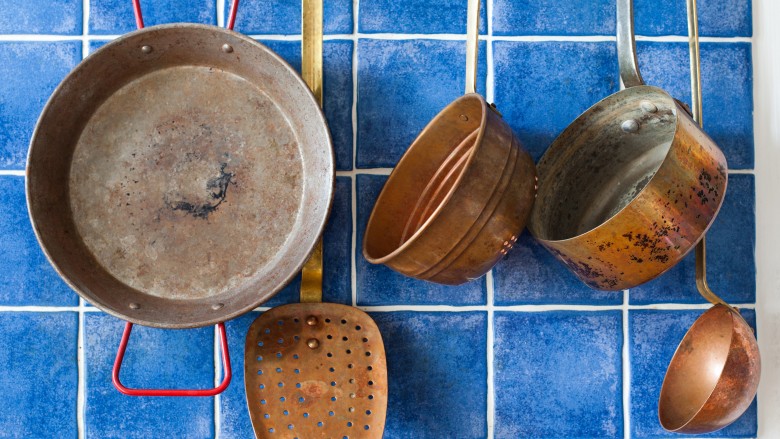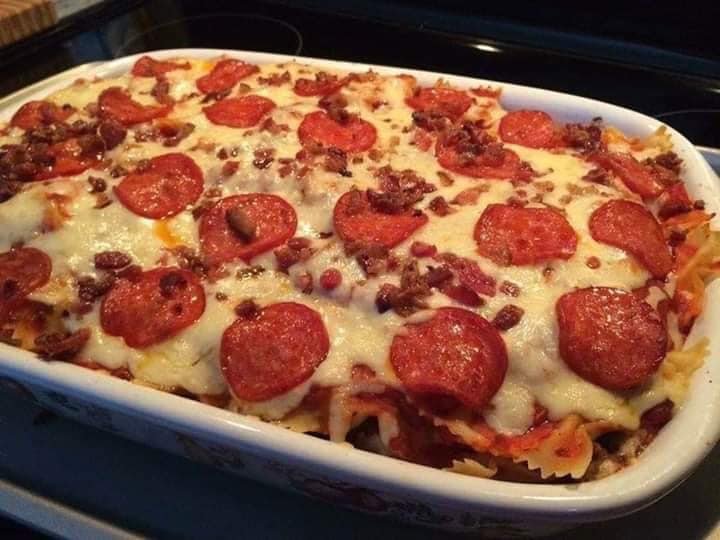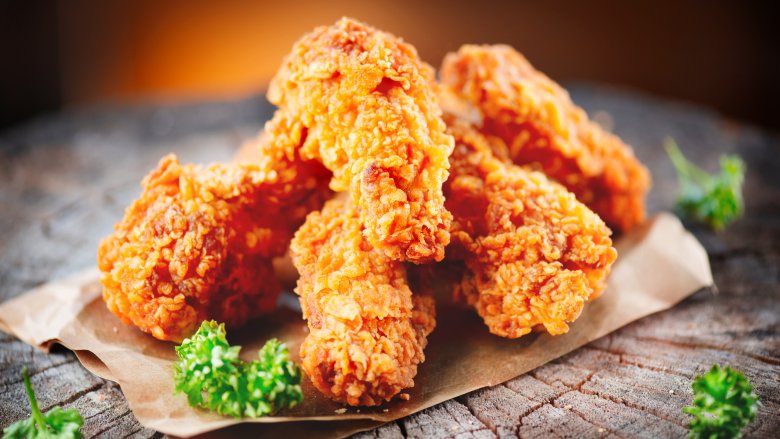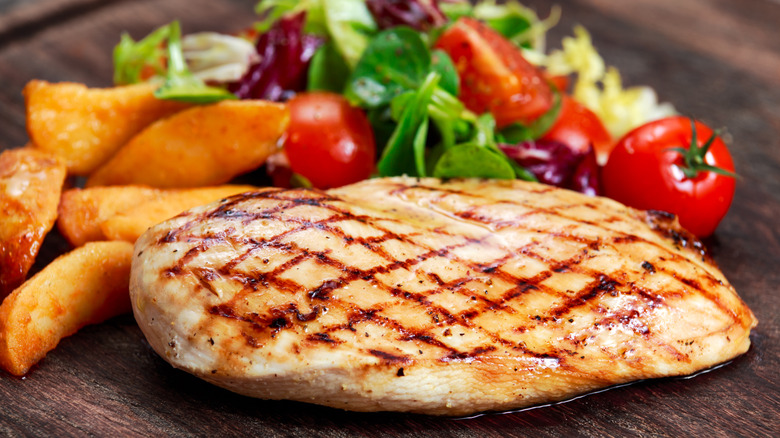The average kitchen has a pile of pots and pans stacked under a counter, hanging above the stove or stuck in
the warming drawer of the oven. Between the sheer variety one owns, inexperience and the rush to just make
dinner, people tend not to use the right pot or pan for the job or fail to use it correctly. Here are 5 tips on how
to get the most out of your pots and pans.
Use the Right Pot or Pan
There are several variations of this advice. Use a pot or pan that gives you plenty of margin if the liquid
starts to boil or the food inside rises further than expected. Don’t fill the pot or pan to more than three
quarters of its height. Another is to pick the pot or pan that fits the thermal profile you want. For example,
thicker pans take longer to cook than thinner ones, and the same is true of a tall stock pot over a skillet. If
you want to keep things moist, combine a pot or pan tall sides with a lid. Woks are ideal for gas stoves and
fast stir-fry.
Understand Chemical Compatibility
Chemical compatibility refers to the chemicals that can safely come into contact with one another. And
honestly, cooking is a form of every-day chemistry. The problem is how many people choose the wrong
cookware for the food they’re making, guaranteeing issues due to incompatibility. For example, don’t cook
acidic foods like tomatoes or wine sauce in your iron skillet. You’ll pull iron out of the skillet and into the
food. Those same foods will damage the non-stick surface in many pans, too, especially if it is already
scratched up. Get rid of your scratched up non-stick pans, because they’ll leak a variety of chemicals into
your food.
Clean with Salt
You may know about desert peoples scrubbing themselves with sand to remove grit and sweat. Salt is often
used for the same purpose. Use a lot of salt as an abrasive plus a clean rage to clean your pots and pans. It
reduces how much soap you have to use. It does as good a job as a modern scrubber, but you won’t scratch
the non-stick surface. And you can throw away the rag when done instead of trying to then sterilize the
sponge you just used. If you still need to use a scrubber to get the last food residue off, you’ve dramatically
reduced the work required.
Heat Things Up Properly
If your steaks seem under-cooked when using a skillet, the problem is probably that you aren’t preheating
the skillet long enough. This is especially true for iron skillets. Apply a few drops of oil, and only add meat
and vegetables if the oil smokes on contact. When you’re boiling liquids, use the two burner method. Set one
burner to boil and the other to simmer. Boil the water or stock on one burner, then move to the second
burner as you simmer it. Waiting for the burner and food to cool from that boil will alter the texture of the
food, especially rice.
Don’t Forget Your Dutch Oven
A Dutch oven is often used on camp outs because it can retain the heat from a fire and continue to cook the
food for hours. This makes it perfect for baked beans, baked potatoes and pies you’re fine staying warm and
bubbly until you’re ready to serve it. It is also a great way to make soups and stews. Just pick one that has an
enamel lining so that the acidic foods like soup with a tomato base don’t pick up a metallic taste. While the
Dutch oven could be used on cookouts, you can use it in the oven, too.



